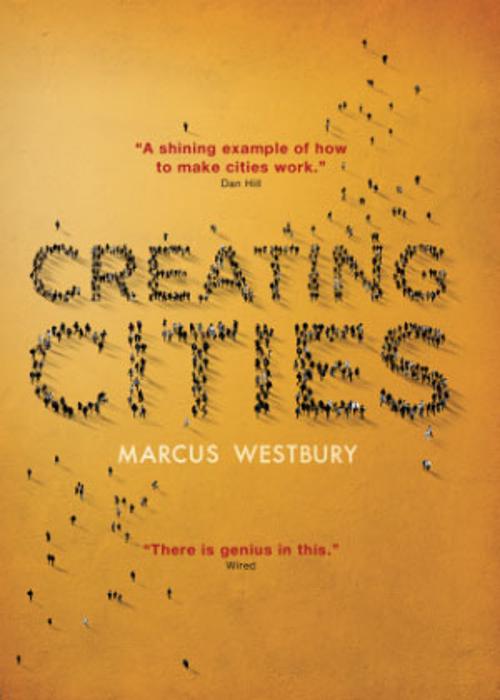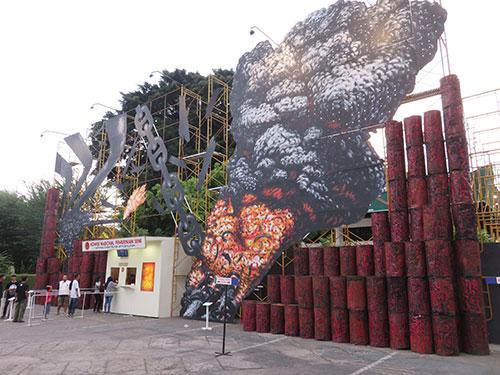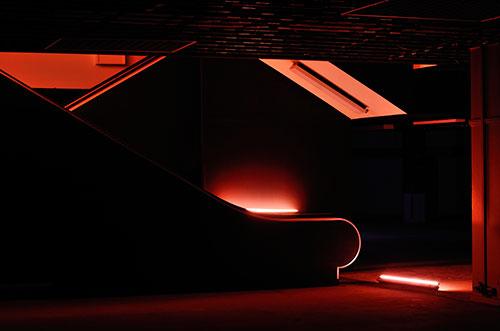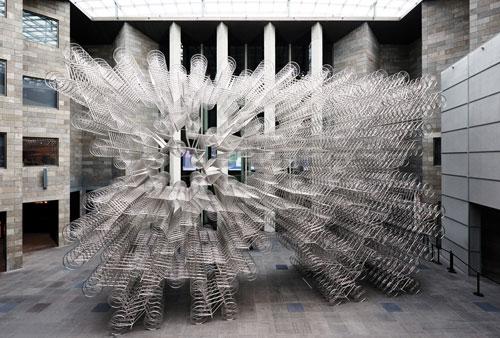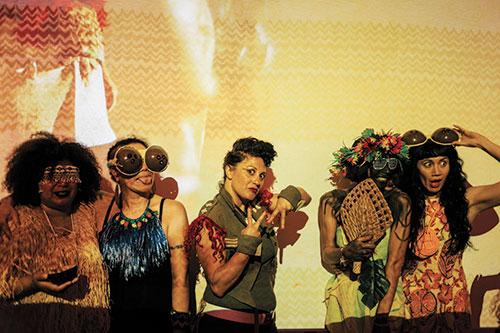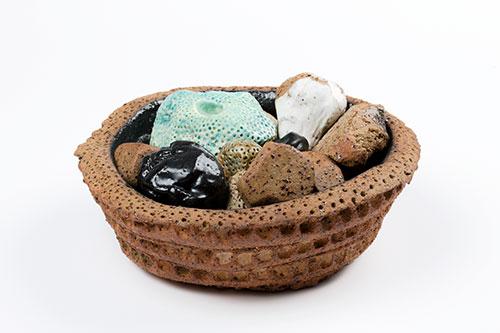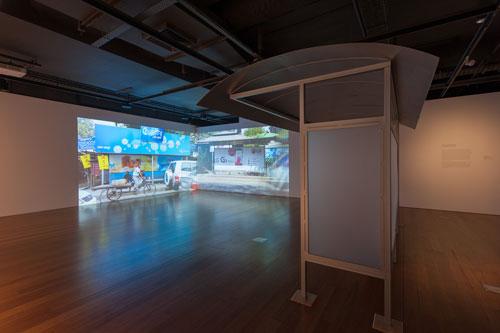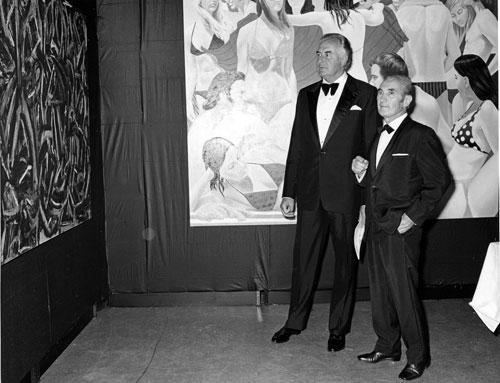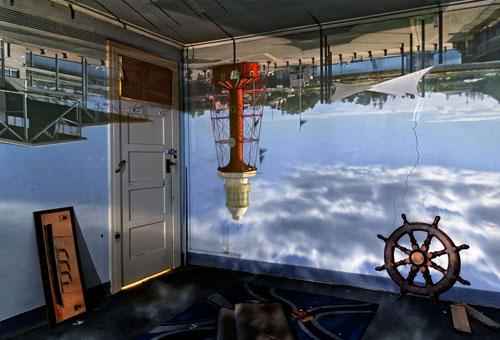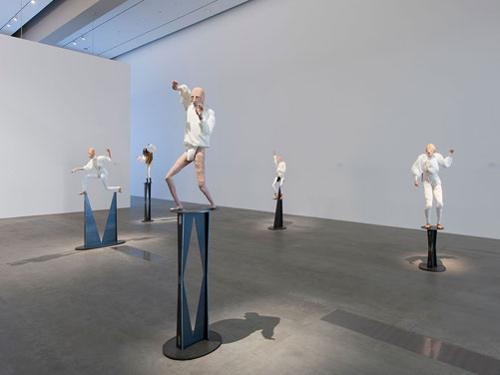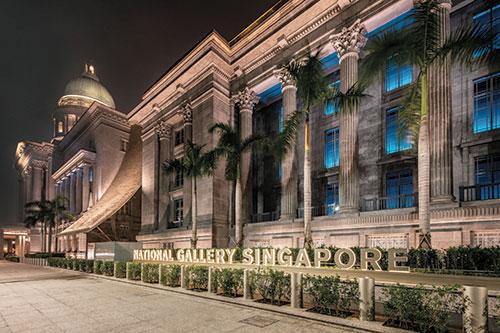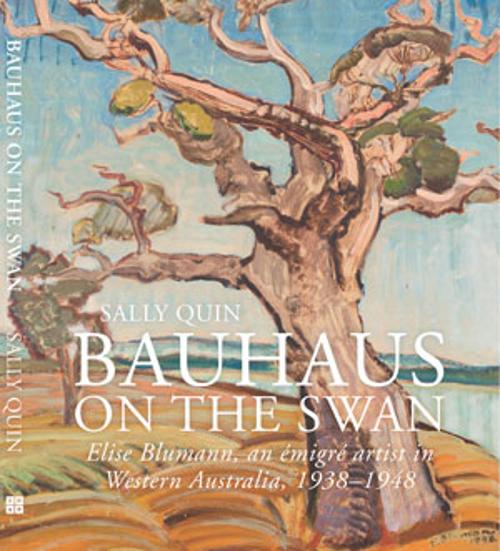Material thinking and sustainability in contemporary ceramics
Ceramics has always been about the sticky materiality of clay. Unlike other mediums where the material is often the passage for the artistic idea or vision, the medium itself drives the concept. This gooey, organic substance has for thousands of years been crafted into a myriad of forms and textures. Recently, we’ve been hearing of a “revival” or “rediscovery” but potters and ceramicists have always engaged critically with their material – challenging form, pushing technical boundaries, experimenting with the baffling chemistry of glazes, subverting embodied narratives – in an attempt to understand their material. Over the last decade the field of ceramics has expanded to incorporate those that work with clay, rather than just those that were trained in clay, and along with it a flow of critical thinking and collaboration in art, craft and design is blossoming, driven by the possibilities of new artistic materials, and the need to find sustainable solutions for those already in use.

